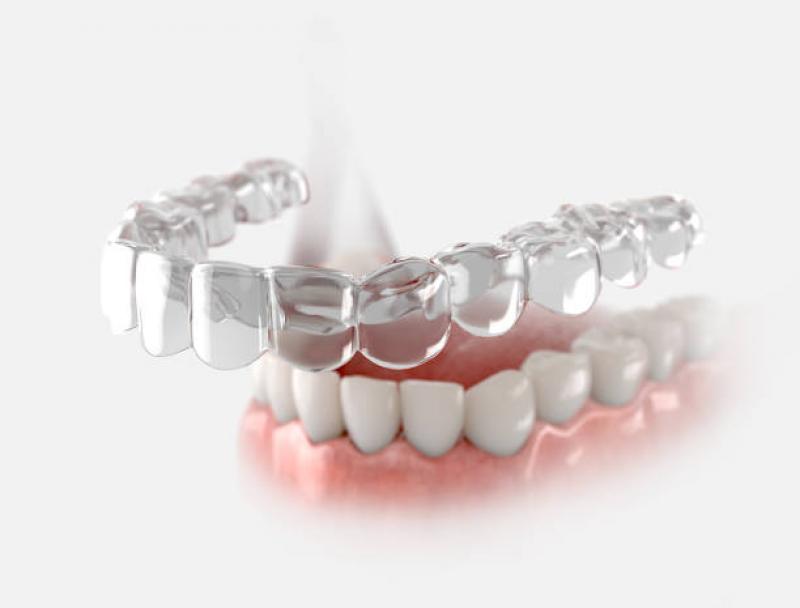Orthodontics is a specialized branch of dentistry focused on the diagnosis, prevention, and treatment of dental and facial irregularities. Orthodontists are dental professionals who use various techniques, such as braces and aligners, to align teeth and jaws, improving both aesthetics and functionality. This article explores the significance of orthodontics in dental health, the various treatment options available, the benefits of orthodontic intervention, and the role of orthodontists in transforming smiles and overall dental well-being.
The Importance of Orthodontics
1. Dental Aesthetics
Orthodontic treatment enhances dental aesthetics, providing patients with straighter and more visually appealing smiles. A properly aligned smile can boost self-confidence and improve overall well-being.
2. Occlusal Stability
Proper alignment of teeth and jaws contributes to occlusal stability, ensuring that teeth fit together harmoniously during biting and chewing. This reduces the risk of dental wear, temporomandibular joint (TMJ) issues, and jaw discomfort.
3. Dental Hygiene
Aligned teeth are easier to clean and maintain, reducing the risk of dental caries and gum disease. Orthodontic treatment facilitates improved dental hygiene, leading to better oral health outcomes.
4. Speech Improvement
In some cases, orthodontic treatment can help improve speech difficulties caused by misaligned teeth or jaws.
Orthodontic Treatment Options
Orthodontic treatment options vary based on the specific needs and preferences of patients:
1. Braces
Traditional braces consist of metal brackets affixed to the teeth, connected by wires and elastic bands. They are effective for correcting a wide range of dental issues and are commonly used in both children and adults.
2. Clear Aligners
Clear aligners, such as Invisalign, are a popular alternative to braces. These transparent, custom-made trays gradually shift teeth into their desired positions, offering a more discreet and removable treatment option.
3. Lingual Braces
Lingual braces are similar to traditional braces but are placed on the back surface of the teeth, making them virtually invisible from the front. They are a suitable option for patients who desire a discreet treatment approach.
4. Retainers
After orthodontic treatment, retainers are often used to maintain the alignment of teeth and prevent them from shifting back to their original positions.
Benefits of Orthodontic Intervention
1. Enhanced Aesthetics
Orthodontic treatment results in improved dental aesthetics, providing patients with more attractive and symmetrical smiles.
2. Improved Dental Function
Properly aligned teeth and jaws contribute to better dental function, enabling patients to chew and speak more effectively.
3. Increased Self-Confidence
A straighter smile can boost self-confidence and self-esteem, positively impacting social and professional interactions.
4. Reduced Risk of Dental Issues
Orthodontic intervention reduces the risk of dental problems, such as tooth decay, gum disease, and dental injuries.
The Role of Orthodontists
Orthodontists play a vital role in transforming smiles and ensuring optimal dental health:
1. Comprehensive Evaluation
Orthodontists conduct thorough evaluations, including digital imaging and dental impressions, to assess dental and facial irregularities accurately.
2. Treatment Planning
Based on the evaluation, orthodontists develop individualized treatment plans tailored to each patient's unique needs and treatment goals.
3. Appliance Selection and Placement
Orthodontists select the most appropriate appliances, such as braces or clear aligners, and ensure their precise placement for effective treatment.
4. Ongoing Monitoring and Adjustments
Throughout the treatment process, orthodontists monitor progress and make necessary adjustments to achieve the desired results.
5. Patient Education
Orthodontists educate patients about proper oral hygiene practices, the importance of compliance with treatment protocols, and post-treatment care to maintain the results.
The Future of Orthodontics
Advancements in technology and materials continue to drive innovation in orthodontics:
1. Digital Orthodontics
Digital imaging, 3D printing, and computer-assisted treatment planning have revolutionized orthodontics, allowing for more precise and efficient treatment.
2. Customized Treatment
Advances in digital technology enable the creation of custom-designed aligners and appliances, tailored to each patient's unique dental anatomy.
3. Minimally Invasive Techniques
The development of less invasive orthodontic techniques minimizes discomfort and shortens treatment duration for patients.
4. Interdisciplinary Approaches
Collaboration between orthodontists and other dental specialists, such as prosthodontists and periodontists, allows for comprehensive treatment planning and optimal outcomes.
Orthodontics plays a vital role in advancing dental health and transforming smiles. Through the expertise of orthodontists and various treatment options available, patients can achieve straighter teeth, improved dental function, and enhanced self-confidence.
